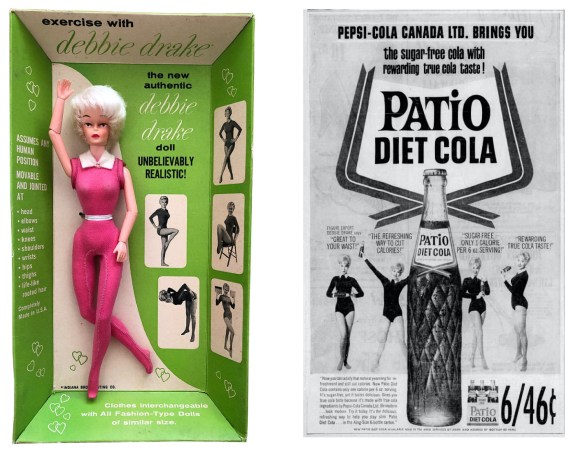In the early 1960s, after The Twilight Zone and the Late Night movie, a slim, blonde fitness guru named Debbie Drake popped up on the tiny televisions of the era, demonstrating how to slim down, strengthen, and stretch. Her fifteen minute program aired in grainy black and white with Debbie ALWAYS in her signature, slim fit leotard.
Debbie Drake’s monopoly on multimedia fame was an American phenomenon, similar to the multimedia deluge of the Beatles years later. In those early, innocent years of the 1960s, Debbie Drake owned media.









